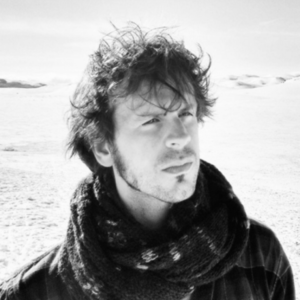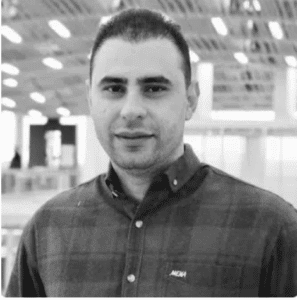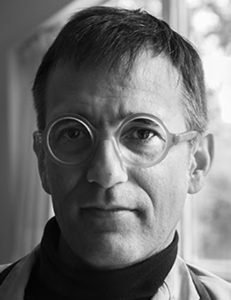It seems we can’t find what you’re looking for. Perhaps searching can help.
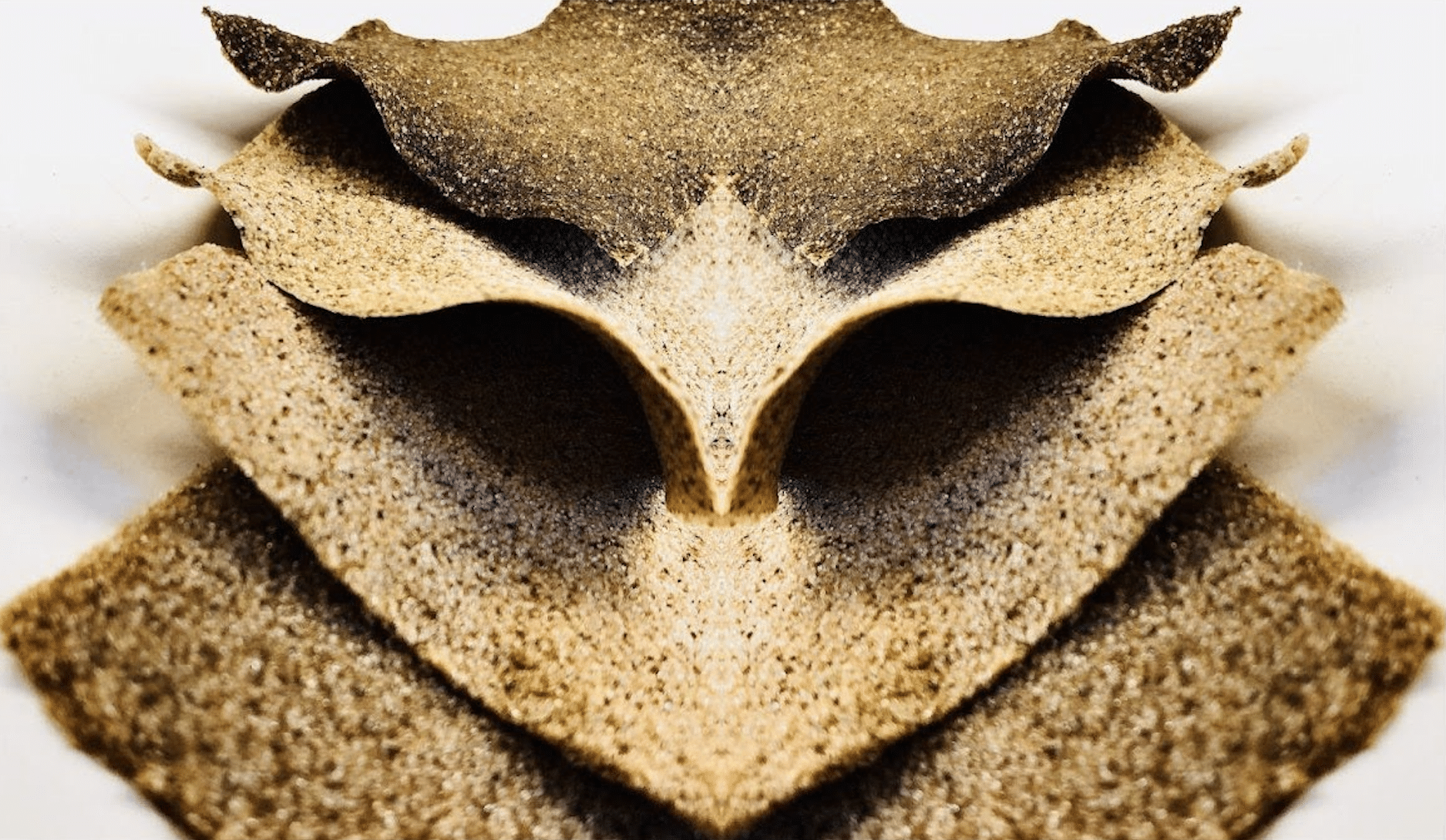
Credits: PLEATS OF MATTER – Additive Manufacturing of Seaweed bioplastic by Elena Petruzzi, MAA02 21/22
Intro Description & Structure
The seminar explores materiality as an active and generative structure within architecture, not as passive matter but as a morphological intelligence that informs space, performance and construction. Building on the urgencies of ecological transition and the rise of advanced digital fabrication, Morpho Materialities Lab positions material research as a design driver, where material and form co-evolve through responsive and iterative processes.
Students will engage in hands-on material prototyping as a primary research method, working through tactile, analog and manual experimentation before progressively translating those insights into computational and digital fabrication strategies. Matter is not predefined or represented; Matter emerges through experimentation and iterative shaping, becoming a constructive tool that informs both form and space.
The seminar operates beyond “material follows form”, focusing on how their tactility, texture, behavior, and transformation can generate new spatial languages and modes of inhabitation. Inspired by Enric Miralles’ conception of materiality as a thinking structure, the lab frames architecture as a performative field where material decisions become formal and environmental decisions.
Aligned with industrially oriented research, the agenda emphasizes real-world scalability, fabrication readiness, and integration within contemporary construction and circular economy frameworks. Students will prototype large-scale advanced material systems, informed by computational design tools, digital fabrication, and environmental feedback loops, aiming not only to imagine alternative material futures but to create new materialities as viable architectural prototypes.
The seminar’s theoretical framework is complemented by a Material Lexicon, a curated vocabulary exploring conceptual, technical, and philosophical dimensions of materiality. These terms such as porous, multifunctional, changeable, and sympoietic articulate how matter behaves, transforms, and co-evolves with architecture, providing a linguistic and conceptual foundation for experimentation.
Learning Objectives
Material-Form Co-Evolution: Understand and apply the concept of materiality as a generative system where material properties directly inform spatial and formal decisions.
Hands-on Material Research: Develop skills in analog, tactile, and experimental material prototyping as a primary mode of architectural investigation.
Digital Translation: Translate physical experiments into computational and digital fabrication workflows, bridging manual exploration with advanced digital processes.
Responsive and Iterative Design: Apply iterative design methodologies to develop materials and forms that adapt, respond, or transform according to environmental, structural, or performative conditions.
Sustainability & Circularity: Integrate sustainable, recycled, and bio-based materials into design strategies, aligning with circular economy principles and ecological responsibility.
Industrial & Large-Scale Application: Design and implement material experiments with awareness of scalability, constructability, and applicability to real-world architectural contexts.
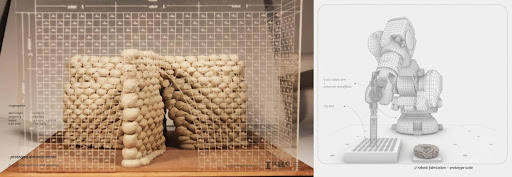
Credits: [Auto]clay : bio-receptive, robotic adobe construction in earth, Laukik Lad, MAA02 21/22
Expected Outcomes
- Produce novel materiality systems that combine tactile, aesthetic, and functional qualities.
- Demonstrate the capacity to iterate between analog experimentation and digital fabrication, including robotic or CNC-based workflows.
- Generate architectural prototypes at multiple scales, including 1:1 applications, that embody responsive, mutable, or performative material qualities.
- Critically evaluate material performance in environmental, structural, and experiential terms, connecting material choices to spatial outcomes.
- Document material exploration processes rigorously, including material testing, prototyping, and digital translation workflows, to support reproducibility and industrial relevance.
- Contribute to architectural discourse on advanced materiality, situating work within sustainability, ecological, and technological frameworks.
Ultimately, the seminar invites students to rethink the boundaries between matter, machine, and imagination transforming materials into agents of architectural thought and ecological intelligence.
This course will be structured into 3 units :
1st term
Research on state-of-the-art technologies and materials
Introduction to Materials and Geometry Systems
Implementation and drawings of Craft-based iterations
Development of Fabrication Methods
Preliminary Materiality and Architecture Proposal
2nd term
Fabrication prototypes
Analysis and results of fabrication prototypes
Development of Materiality, Geometry and Design and their application in Architecture applications
Presentation of a segment of the proposed Materiality Design
3th term
Materiality and Architecture proposal
Fabrication of a bigger prototype as a component of a proposed building design
Short film to document the full design and fabrication development, including final drawings and prototypes.

